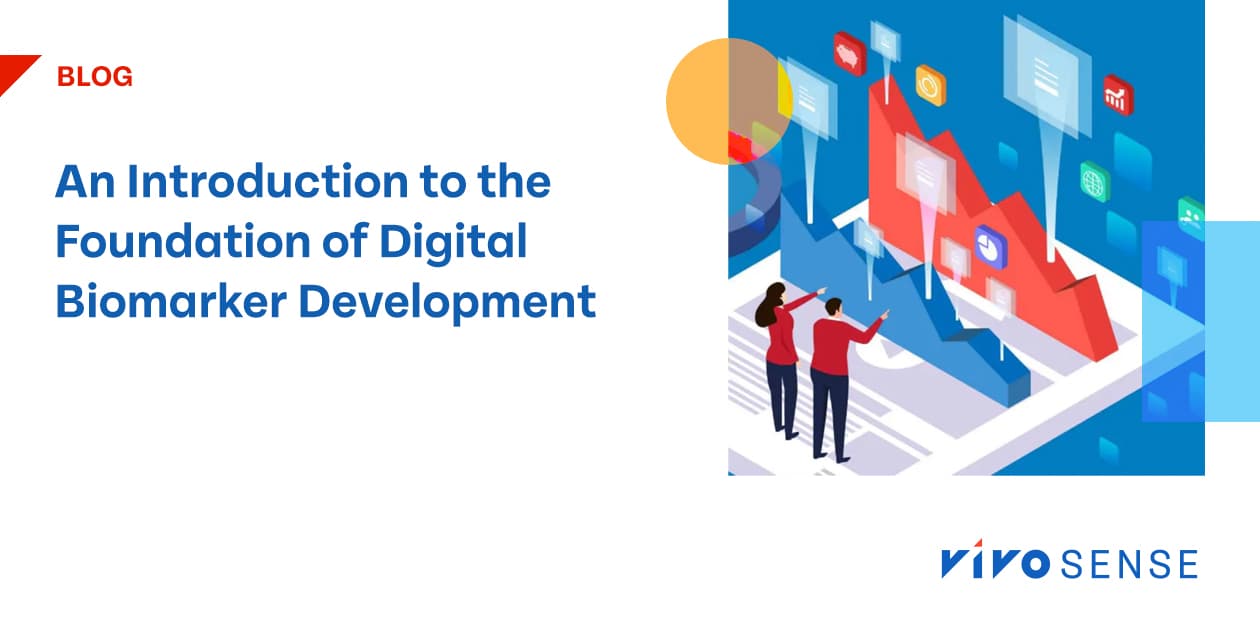
The future of clinical trials involves real-world data collected from wearable sensors and connected technologies. Pharmaceutical companies are investing heavily in digital innovation; however, the adoption of digital biomarkers remains slow. To overcome the challenges associated with high frequency, real-world data, and for digital solutions to realize their potential in clinical trials, we must develop robust and systematic approaches to their use.
The first step to advance digital biomarker development is to build the foundation for accurately collecting and analyzing data. In this article, we’ll review how to get started and the key principles for success.
The Benefits and Challenges of Data Collection
Benefits: Wearable and connected technologies, such as ECG patches, accelerometers, continuous glucose monitors, and mobile apps, are capable of collecting high-frequency data for days to weeks at a time. They allow scientists to study smaller samples and discover novel endpoints, ultimately providing an unprecedented degree of insight into disease manifestation and progression.
Challenges: The double-edged sword of these types of data is that they are extremely complex and sensitive. They can be prone to artifact and challenging to interpret, sometimes leaving research teams overwhelmed with no clear path to success.
Implement Mobile Technologies for Data Capture
Successfully implementing mobile technologies for data capture requires careful consideration of the scientific and technological aspects of the processes. The Clinical Trials Transformation Initiative (CTTI) has outlined five interrelated phases of clinical trials that require well-thought-out and planned development/adaptation. These include:
- 1. Technology selection
- 2. Data collection, analysis, and interpretation
- 3. Data management
- 4. Study/protocol design
- 5. FDA submission/inspection
4 Key Principles to the Foundation of Digital Biomarker Development
During a recent webinar hosted by EyeForPharma, VivoSense Lead Scientist, Dr. Kate Lyden, along with experts from the pharmaceutical industry, academia and innovation labs discussed how to develop these new data capture processes. Dr. Lyden shared four key principles that are the foundation in the development of digital biomarkers.
- 1. Digital biomarker discovery must be hypothesis driven.
- 2. In clinical trials research, one size does not fit all.
- 3. In development of digital biomarkers, good data is more important than big data.
- 4. The data needs to be of high quality and fidelity.
In our eBook 4 Key Principles of Digital Biomarker Discovery, we expand on each of these four principles and provide specific examples from our own work and literature when appropriate. We will also explain how and why these principles are most impactful and relevant when biomarker development is conducted in early stage clinical trials or even earlier pilot studies.
Dudley Tabakin
Dudley Tabakin, MSc. is Chief Executive Officer and co-founder of VivoSense and a fervent believer in “good data” over “big data” in the development of digital endpoints from wearable sensor technology.

